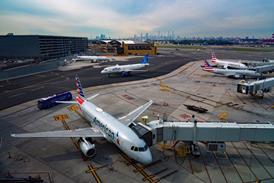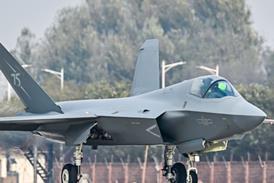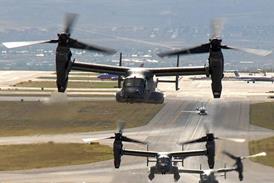Andrzej Jeziorski/MUNICH
GERMAN COMPOSITE-aircraft manufacturer Burkhart Grob has sacked half of its employees because of continuing delays in the release of Government funding for the Strato 2C high-altitude research programme. The whole project now faces cancellation.
Grob has made 131 of its staff redundant, shattering earlier optimism that the funding would be cleared, by education and research minister Jurgen Ruttgers, in time to avoid job losses.
Grob had delayed implementing the redundancies last November, and has since spent millions of Deutchs-marks keeping unemployed staff on the payroll.
The research ministry remains tight-lipped on the issue, saying that it has submitted a report on the programme to the parliamentary budget committee, and is now awaiting a response.
According to Grob, the report proposes that the decision on continuing the programme should be the responsibility of the committee, adding that, in either case, Grob should repay the DM72 million ($50 million) of Government funds it has received to date.
The company has accused Ruttgers of "head-in-the-sand politics" in an apparent attempt to shed responsibility for the final funding decision. The company says that the budget committee is only a legislative body, and cannot make such an executive decision.
Grob needs an extra DM46.74 million to complete the second phase of development. The funding would allow the company to proceed with conversion of the current proof-of-concept (POC) aircraft to mission standards, weight optimisation and certification to US FAR Part 23.
The money was held back, after the POC aircraft failed to reach the 66,000ft (20,000m) altitude hoped for, by the German Aerospace Research Establishment, which is to be the aircraft operator, but did establish an altitude record for piston aircraft of some 60,000ft, exceeding the performance minima set by the budget committee, as a condition for further funding.
Grob had expected the funds to be paid once a new contract was negotiated, reducing the altitude requirement for the mission aircraft from the anticipated 79,000ft to 75,400ft because the aircraft is heavier than expected.
Source: Flight International























